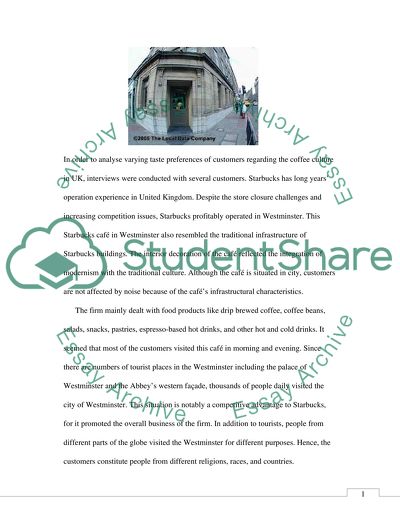Cite this document
(“Company Analysis: Globalisation of Starbucks Essay”, n.d.)
Retrieved from https://studentshare.org/marketing/1430055-globalisation-of-starbucks
Retrieved from https://studentshare.org/marketing/1430055-globalisation-of-starbucks
(Company Analysis: Globalisation of Starbucks Essay)
https://studentshare.org/marketing/1430055-globalisation-of-starbucks.
https://studentshare.org/marketing/1430055-globalisation-of-starbucks.
“Company Analysis: Globalisation of Starbucks Essay”, n.d. https://studentshare.org/marketing/1430055-globalisation-of-starbucks.


